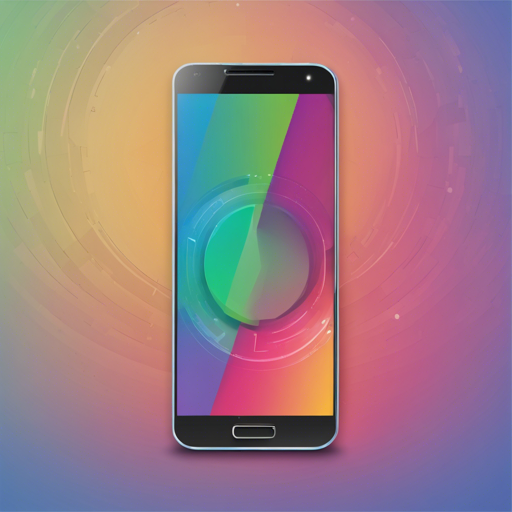Welcome to the delightful world of Android development! In this blog post, we’ll explore how to implement the CircleView library to create stunning circular views in your applications. Whether you’re looking to give your UI a fresh look or simply want to enhance user engagement, CircleView makes it incredibly easy.
Why Use CircleView?
CircleView is an efficient Android library that allows developers to create circular views with vibrant colors and shadows. Not only does it promote aesthetic appeal, but it can also be tailored to suit your project’s specific needs.
Getting Started
Before you dive into coding, let’s set up the CircleView library in your project.
Installation
- Include the CircleView library in your
build.gradlefile:
implementation 'com.mikhaellopez:circleview:1.4.1'Usage in XML Layout
To define a circular view in your layout XML, use the following code:
<com.mikhaellopez.circleview.CircleView
android:id="@+id/circleView"
android:layout_width="300dp"
android:layout_height="300dp"
app:cv_border="true"
app:cv_border_color="#000000"
app:cv_border_width="8dp"
app:cv_color="#3f51b5"
app:cv_shadow="true"
app:cv_shadow_color="#3f51b5"
app:cv_shadow_radius="10" />Understanding the CircleView Properties
Now, let’s demystify the properties of CircleView using a delicious analogy. Imagine you are an artist creating a beautiful cake:
- app:cv_color – This is the main color of your cake, giving it that eye-catching shade you desire.
- app:cv_border – Think of this as the frosting on your cake. It adds definition and character.
- app:cv_shadow – This is like a decorative stand for your cake, adding depth and making it pop from the table.
- app:cv_color_direction – This determines how the colors blend together, much like how you might layer flavors inside the cake.
Implementation in Kotlin
To harness the power of CircleView programmatically, here’s how to do it in Kotlin:
val circleView = findViewById<CircleView>(R.id.circleView)
circleView.apply {
circleColor = Color.WHITE
circleColorStart = Color.BLACK
circleColorEnd = Color.RED
circleColorDirection = CircleView.GradientDirection.TOP_TO_BOTTOM
borderWidth = 10f
borderColor = Color.BLACK
shadowEnable = true
}Implementation in Java
For those who prefer Java, here’s the equivalent code:
CircleView circleView = findViewById(R.id.circleView);
circleView.setCircleColor(Color.WHITE);
circleView.setCircleColorStart(Color.BLACK);
circleView.setCircleColorEnd(Color.RED);
circleView.setCircleColorDirection(CircleView.GradientDirection.TOP_TO_BOTTOM);
circleView.setBorderWidth(10f);
circleView.setBorderColor(Color.BLACK);
circleView.setShadowEnable(true);Troubleshooting Tips
If you run into issues while using CircleView, here are some quick troubleshooting ideas:
- Ensure that you’ve correctly included the CircleView library in your project.
- Double-check your XML properties to make sure they are set correctly.
- Confirm that you have the correct layout parameters in your XML file.
- If you experience rendering issues, try cleaning and rebuilding your project.
For more insights, updates, or to collaborate on AI development projects, stay connected with fxis.ai.
Conclusion
With CircleView, creating vibrant circular UI elements is just a few lines of code away! By following the instructions in this guide, you can easily implement, customize, and troubleshoot CircleView in your Android applications.
At fxis.ai, we believe that such advancements are crucial for the future of AI, as they enable more comprehensive and effective solutions. Our team is continually exploring new methodologies to push the envelope in artificial intelligence, ensuring that our clients benefit from the latest technological innovations.

